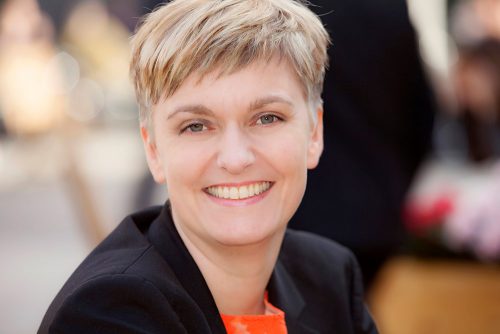Wireless broadband technology is advancing workplace productivity across industries like transportation and manufacturing. That much isn’t news. But Chris Stark, chief business development officer at Nokia, commented recently that “we will see more functionality at the edge,
with massive speeds, low latency and a large number of connectivity points.” Welcome to IoT at the edge.
Looking for more detail about the impact of 5G on this process, Jeremy Cowan, editorial director of VanillaPlus, talks here to Jane Rygaard, the Nokia’s head of 5G Marketing, to ask how 3GPP-compliant 5G New Radio-based hardware will be integrated into NTT DOCOMO’s network.
VanillaPlus: What technology is Nokia supplying to Japan’s NTT DOCOMO to integrate 3GPP-compliant 5G New Radio-based hardware into its network?
Jane Rygaard: In terms of products, we’re supplying the Nokia AirScale Radio platform including antenna and baseband. This is a commercially available 5G product.
VP: Where will the 5G network be rolled out? And when will this go nationwide?
JR: That’s a question best directed to NTT DOCOMO as it’s their network.
(Noted. We will be asking them soonest. Ed.)
VP: What are the common barriers to 5G adoption? How can you help mobile network operators (MNOs)?
JR: 5G adoption will only be limited by the availability of spectrum, and by appropriate locations for cell sites. It is worth considering, however, that 5G will co-exist with 4G/LTE for some time to come. Nokia’s 5G acceleration services offer will help operators plan for their network transformation (for example, virtualisation or capacity planning) and business transformation, including addressing new markets.
VP: In which markets will we see the first benefits of 5G, such as faster data speeds, lower latency, and increased bandwidth?
JR: We are seeing particular early momentum in the United States, China, Japan and South Korea to get 5G services up and running. However, the definition of “markets” and spectrum used can vary greatly: Higher-band spectrum (mmwave) could be used to address capacity needs in specific areas, such as very dense city locations or venue-specific locations like sports stadiums. Mid-band (4.5 Ghz) spectrum would provide larger coverage area to improve mobility coverage.
VP: Finally, what further progress is needed now in cellular IoT standards?
JR: As we scale from millions to billions of devices, the flexibility of the air interface to support diverse types of traffic is important. The type of data traffic and frequency of communication varies greatly: Everything from cameras carrying video to temperature sensors that may record small amounts of data infrequently, to a sensor recording vibrations on machine in a factory constantly transmitting.
Comment on this article below or via Twitter: @VanillaPlus OR @jcvplus






